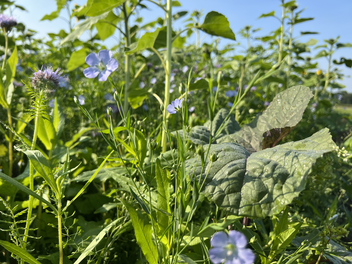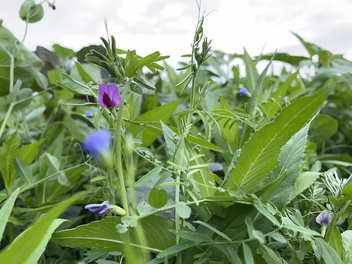Benefits of species-rich cover crop mixtures now proven

The effect on crop rotation of a cover crop is not easy to measure. With the CATCHY project, new insights into the effect of an intercrop have been gained using elaborate research methods.
The CATCHY cover crop project is part of the initiative "Soil as a Sustainable Resource for the Bioeconomy - BonaRes" and was launched by the Federal Ministry of Education and Research (BMBF) in 2015. Over a total of nine years, two different crop rotations were studied to determine how cover crops affect the soil and its biology and thus the yields of the main crops. In addition to DSV, microbiologists from Bremen, soil scientists from Hanover, plant nutritionists from Gatersleben, crop farmers from Triesdorf and socio-economists from Gießen are involved in the project. DSV is contributing its many years of experience with cover crops and the compilation of intelligent mixtures for cover crop cultivation.

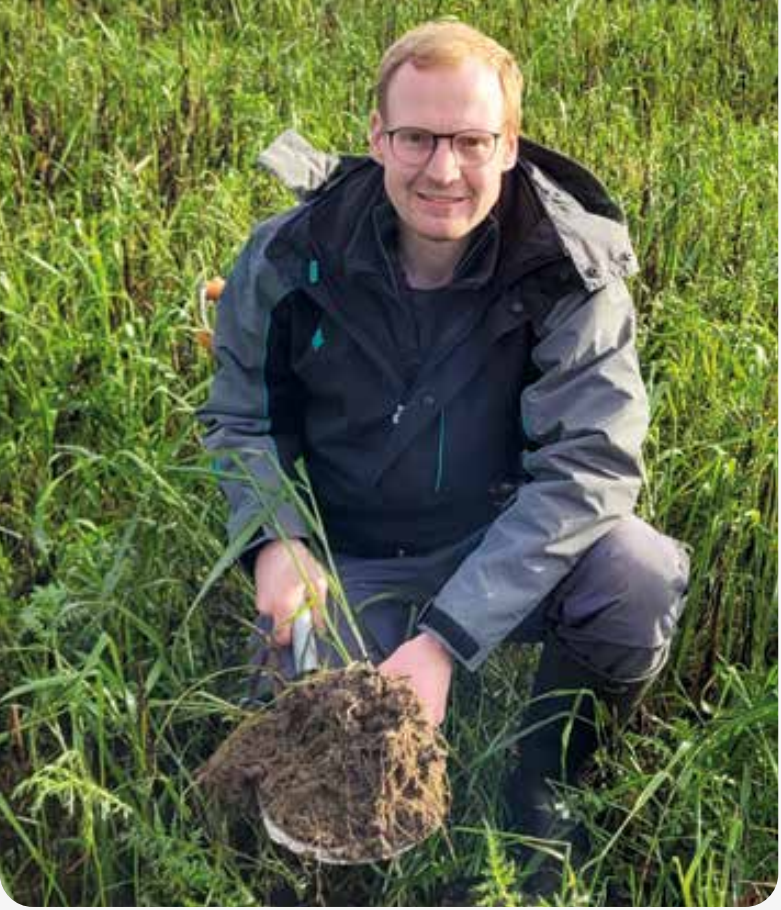
 The CATCHY catch crop project was launched by the German Federal Ministry of Education and Research in 2015. The main objective was to use catch crops to develop innovative cultivation systems that maintain and improve soil fertility. The following focal points were investigated: The effect on soil structure and quality, the microbiome, the nutrient and water balance as well as the yield effect and profitability.
The CATCHY catch crop project was launched by the German Federal Ministry of Education and Research in 2015. The main objective was to use catch crops to develop innovative cultivation systems that maintain and improve soil fertility. The following focal points were investigated: The effect on soil structure and quality, the microbiome, the nutrient and water balance as well as the yield effect and profitability.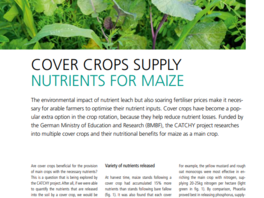
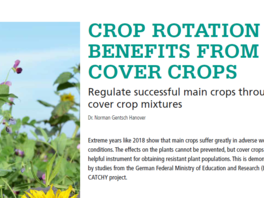
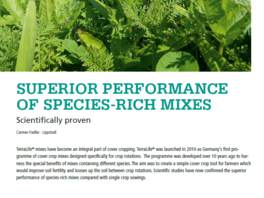
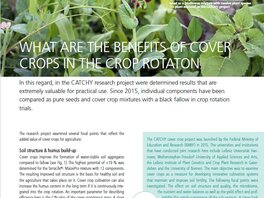
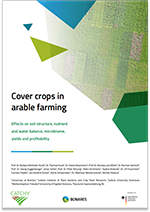 Cover crops in arable farming
Cover crops in arable farming 